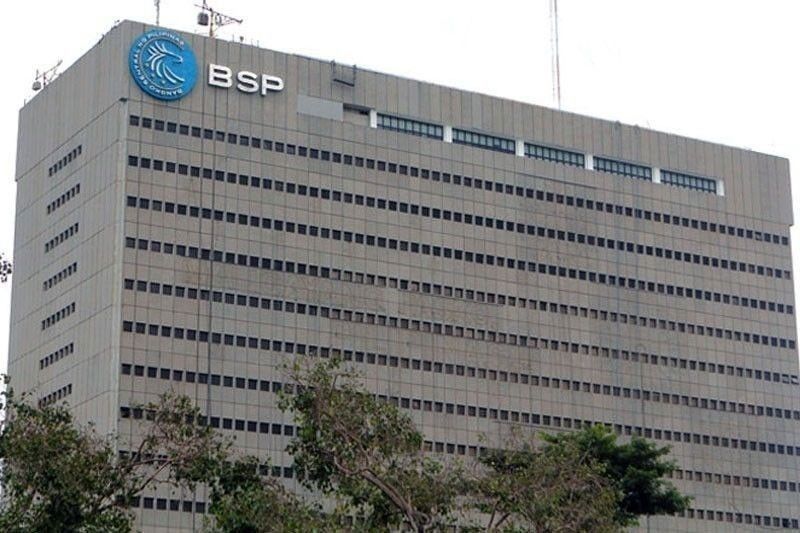Banks’ NPL ratio hits 4.35%

Highest in 12 years
MANILA, Philippines — The non-performing loan (NPL) ratio of Philippine banks accelerated for the fourth straight month as bad debts continued to soar amid the resurgence of COVID-19 cases in the country.
Preliminary data from the Bangko Sentral ng Pilipinas (BSP) showed the gross NPL ratio of the banking industry hit a fresh 12-year high of 4.35 percent in April from 4.21 percent in March.
The latest gross NPL ratio was the highest since the 4.37 percent recorded in May 2009. The ratio was also higher than the 2.31 recorded in April last year.
The asset quality of local banks has been deteriorating as banks have been piling up NPLs or past due loan accounts, as well as bad debts due to the challenging business environment brought about by the pandemic.
A loan becomes past due when the principal or interest is unpaid for 30 days or more after due date.
Data released by the central bank showed the soured loans of the banking sector surged by 83.7 percent to P463 billion in April from P251.98 billion in the same month last year.
Bank loans slipped by 2.5 percent to P10.649 trillion as of end-April from P10.919 trillion in the same period last year amid weak demand from borrowers due to uncertainties brought about by the pandemic.
This was despite the aggressive 200-basis-point cut in interest rates by the Monetary Board, which brought the benchmark rate to an all-time low of two percent last year.
Data from the central bank also showed past due loans – referring to all types of loans left unsettled beyond payment date – jumped by 38 percent to P574.128 billion in April from P415.619 billion a year ago.
Likewise, the industry’s restructured loans amounted to P242.04 billion in April or more than five times the P47.35 billion booked in the same month last year, translating to a restructured loan ratio of 2.27 percent.
In anticipation of rising defaults due to the impact of the pandemic-induced recession, the banking sector’s allowance for credit losses soared by 63.7 percent to P377.81 billion from P238.675 billion.
This translated to a NPL coverage ratio of 81.48 percent as of end-April. On the other hand, the industry’s non-performing assets (NPA) rose by 5.85 percent to P581.21 billion in end-April from P366.55 billion in end-March last year.
BSP Governor Benjamin Diokno earlier said the industry’s NPL ratio may exceed six percent this year, prompting the regulator to closely monitor the financial performance of the hardest-hit sectors and highly vulnerable banks.
“The current challenges in the financial performance of the hardest-hit sectors and highly vulnerable banks warrant closer coordination and monitoring to ensure the banking system’s financial stability and continuing resilience,” Diokno said.
However, the central bank believes the impact of the pandemic on the overall condition and performance of the banking system remains manageable despite the projected rise in the industry’s NPL ratio.
- Latest
- Trending

























